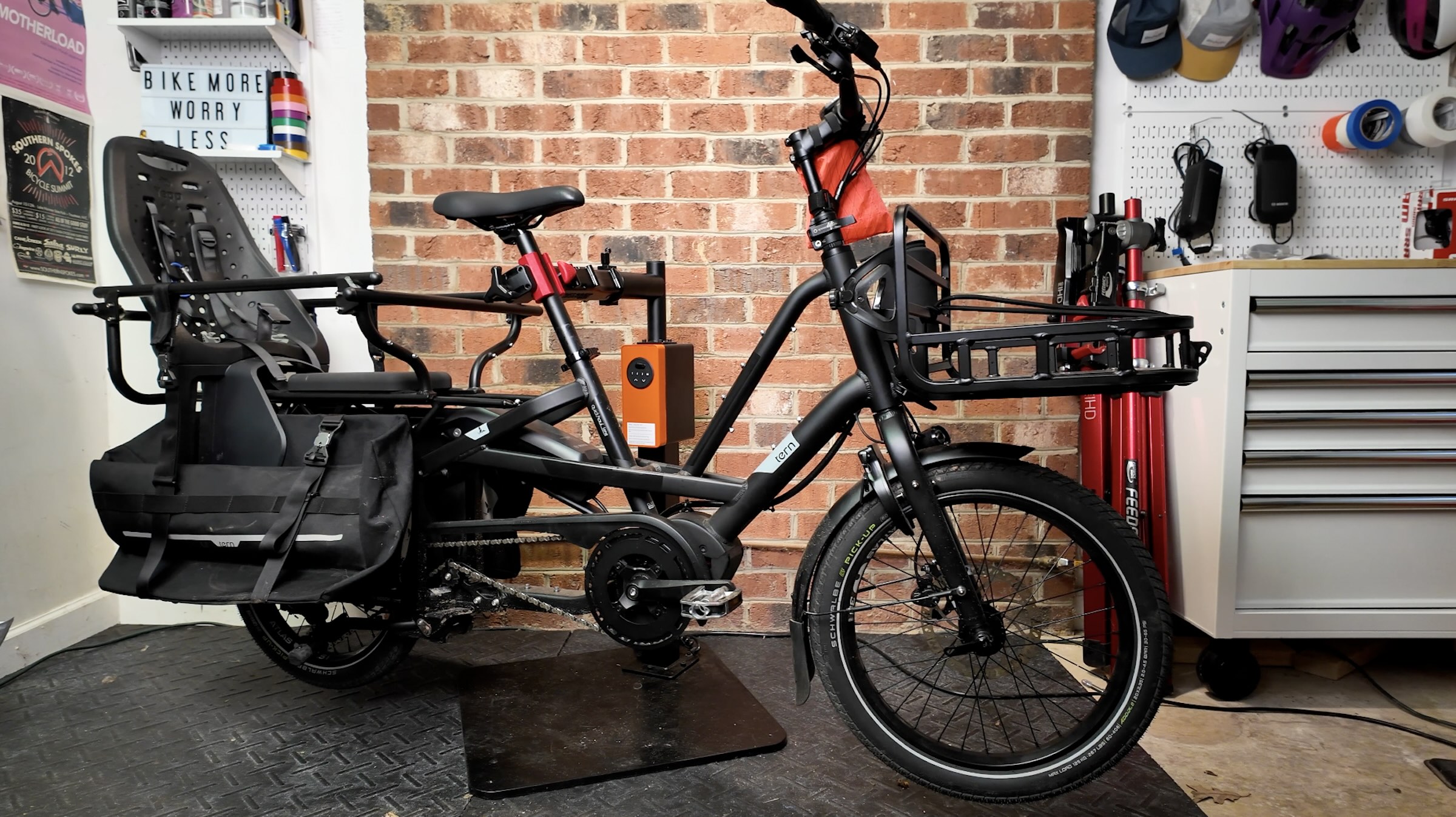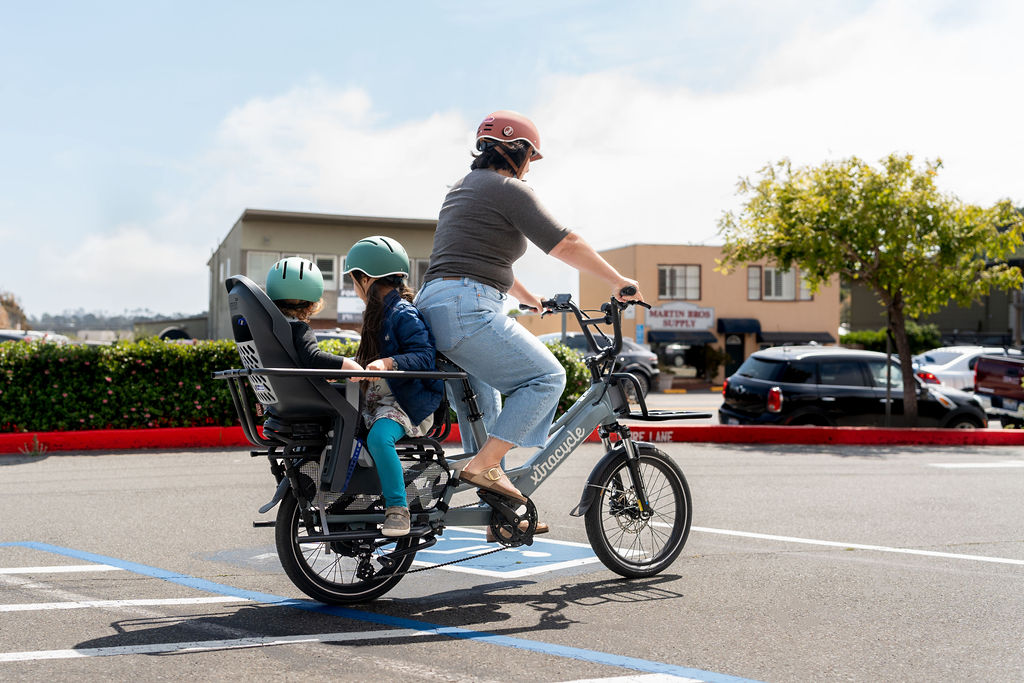The New NYC Commercial Cargo Bike Guidelines
NYC is currently the hub of cargo and electric bike regulation in the United States. The latest move by the NYC DOT outlines new safety standards for delivering goods by commercial cargo bikes. The goal is to make delivering by electric cargo bike safer and more efficient, replacing large trucks moving around the city.
“Building a more sustainable city means reimagining deliveries in New York City,” said New York City Mayor Eric Adams. “For too long, large trucks have been the only option, bringing congestion and pollution with them. Low- and no-emission cargo bikes are one of the ways that we’re changing that paradigm, so we can get what we want, when we want it, without poisoning our air or clogging our streets.
Their official document includes the incredible fact that “It is estimated that two bicycles can replace one delivery truck with CO2 savings of approximately 14 tons/year, equivalent to 200 planted trees or 30,872 passenger car miles traveled.”
I will summarize some of the standout rules and land use requirements as someone who works in the commercial cargo bike space and has the privilege of consulting for various cities and agencies.
New NYC Rules for Pedal-Assist Commercial Cargo Bikes
You can find the official document here
I appreciate the addition of “Commercial Bicycle” to “bicycle” and “pedal-assist bicycle” in their documentation. This is a very important clarification to avoid blurring the lines of general cargo bikes designed to carry passengers or their own consumer goods.
It is also helpful that they didn’t package everything into a “Cargo Bike” category because some light delivery last mile solutions can be done with a simple heavy-duty utility electric bike that may not be classified as a cargo bike, depending on weight classifications. The details they laid out are very specific, but they did not mention the inclusion of UL-2771 and UL-2849 NYC requirements and seem to be leaving this to the State, City, or NYFD.
Cargo Bike and eBike Definitions and Regulations
- Bikes must be pedal assist and are considered a “Commercial Bicycle” used to transport commercial goods
- Max speed of 15 mph
- Maximum of 48” wide, 192 inches long (including attached trailer), 84 inches high, and up to 4 wheels
- Must comply with manufacturer’s weight limits
- Less than 750 watts
- For a Commercial Bicycle to use a New York Public Highway, an original label containing the bicycle’s maximum motor-assisted speed and wattage must be displayed
Land Use Regulations
- New Commercial Bicycle Loading zones to protect curb-side parking for bikes – Commercial Cargo Bikes may park or stand in commercial bicycle loading-only zones when actively engaged commercially in loading or unloading property and for the duration of the posted sign.
- Commercial Cargo Bikes may not be parked on the sidewalk
- Commercial Cargo Bikes must display a color-contrasting identification label on both sides of each bicycle indicating the name or symbol of the business in which such bicycle is used, and if more than one bicycle is used, a unique ID number assigned by the business.
- Commercial bicycles may park or stand in the parking lane on a street wherever commercial vehicles may park or stand, including commercial vehicle metered parking or truck loading zones and shall be exempt from paying parking meter fees. Bicycles must be parked perpendicular to the curb provided there is space for the passage of a vehicle between the bicycle and the center of the street.
- No person shall operate, stand, or park a vehicle or bicycle on any street or roadway for the purpose of commercial advertising.
New NYC DOT eCargo Bike Training
“NYC DOT will provide e-cargo bike operators with safety training and educational materials on e-cargo bike use and battery charging.” I’m waiting to hear back more about this in detail.
Conclusion
Overall, this seems like a huge step forward for the Bikes for Business movement, showing that NYC is taking it seriously and seeing the benefits of its pilots over the last few years. It also won’t impact the delivery players that have been choosing to do the right thing for the last few years.
The technology for commercial cargo bikes is only now rolling out, and I’m looking forward to seeing the landscape continue to adapt to make cleaner, safer cities.
NYC is balancing congestion, emerging tech, and road safety. How do you think they did to strike a balance?




